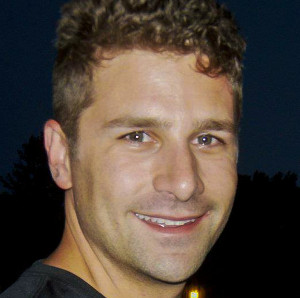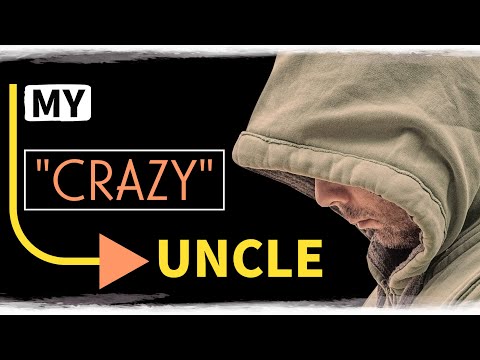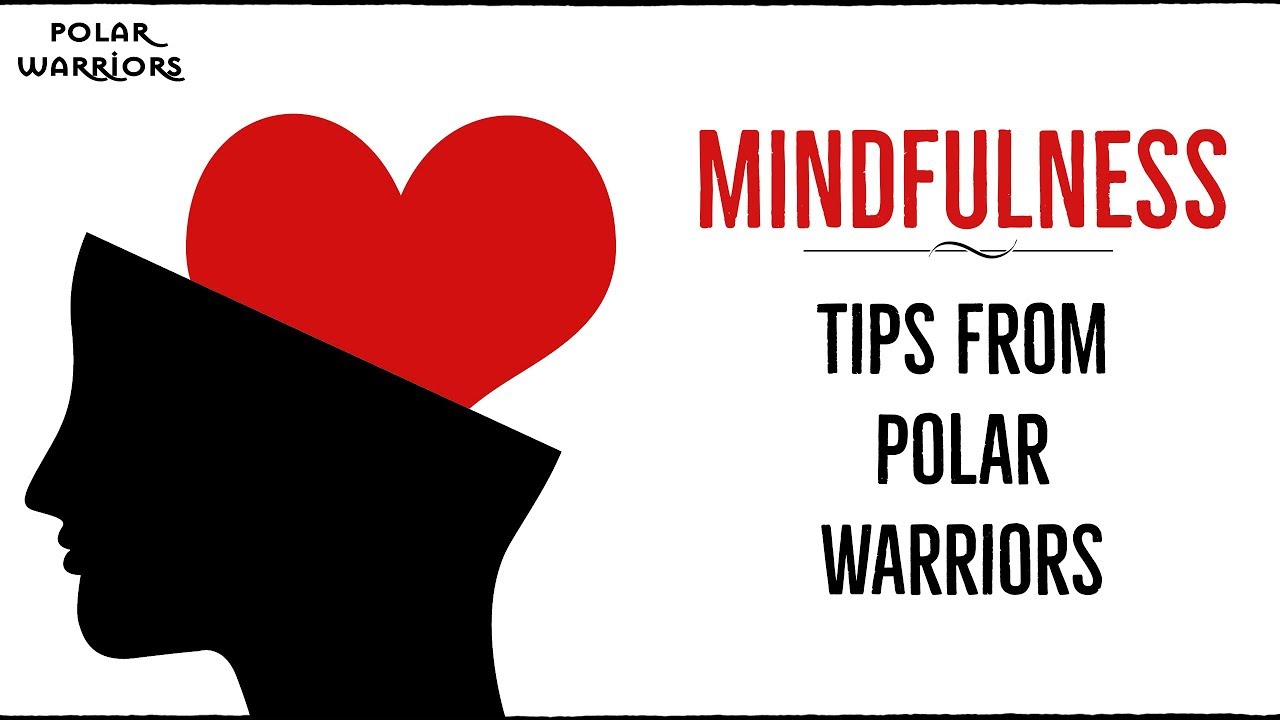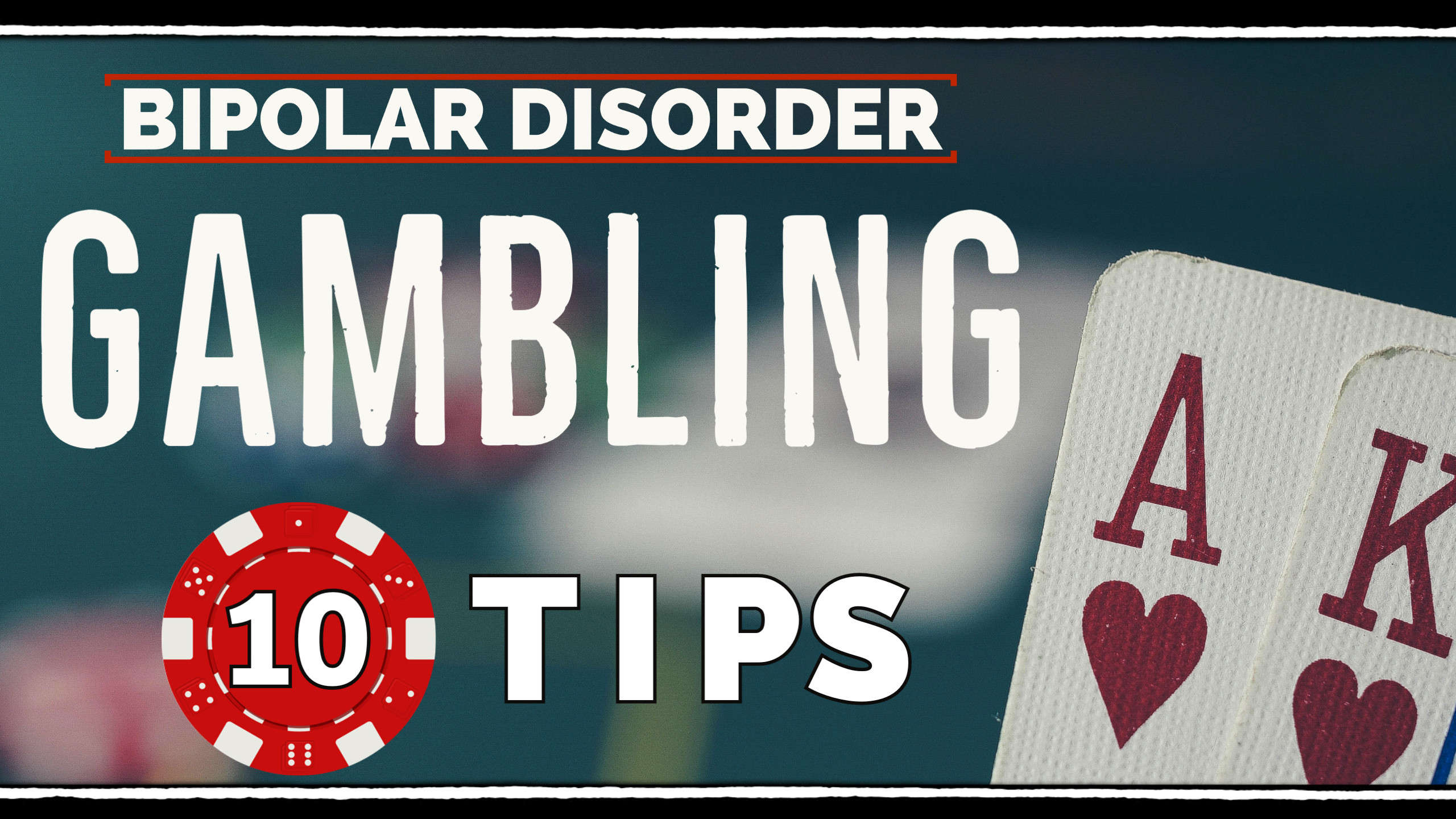
CLICK IMAGE TO PLAY VIDEO
TRANSCRIPT FROM THE VIDEO:
Welcome back to Polar Warriors – we are the world’s largest solution-based video support community for Bipolar Disorder. I hope you feel very welcome here.
Today I’m going to go over 7 surprising facts about Bipolar Disorder. Please feel free to share this video with friends and family if you think it will help them navigate through a Bipolar diagnosis. If you have any questions, I now offer confidential one-on-one coaching through the Polar Warrior website.
So let’s get started! Number one… “You can feel mania AND depression at the same time. We call this a mixed state or mixed mania. If you don’t live with Bipolar Disorder, imagine taking a BUNCH of caffeine and a BUNCH of sleeping pills at the same time. Your mind and body won’t know what the hell is going on. It’s a very very uncomfortable feeling. Mixed episodes are dangerous for me personally. I might be extremely depressed, but still have that manic energy to quote “do something about it.” My choices are typically very self-destructive during a mixed episode.
There’s this common misconception that people with Bipolar Disorder just go from high to low… We are either super manic, or super depressed – period. Bipolar Disorder is not that “black and white.” In fact, it’s a spectrum disorder. There are different levels of severity, different types, different triggers, and we all have different thresholds when it comes to coping with all of it. All that being said, try to keep an open mind and not force fit Bipolar Disorder into a box.
Moving on… Number Two… Bipolar Disorder doesn’t just go away one day. We always have to be ready for symptoms to return. It’s really sneaky like that. I can’t tell you how many times I thought I was cured or that my symptoms wouldn’t return. Since Bipolar is a spectrum illness, there will be times where we are very stable and high-functioning. It’s so easy to forget the bad times when you feel good. Bipolar is also progressive which means it doesn’t get sweeter with age. The longer you go avoiding treatment, the worse the episodes can get.
Number three… You can’t “reason” with someone who’s experiencing a severe Bipolar episode. This goes for depression, mania, and everything in between. As author Julie Fast put it, “The person you love is temporarily gone and Bipolar Disorder has moved in. It’s important for our loved ones to respond, rather than react to our symptoms when we aren’t well. You can’t try and talk us out of being ill. The symptoms will have to run their course. This is why it’s so crucial to take advantage of the good times. I know I’d much rather hang out with friends than go see a doctor on my days off, but nothing is ever going to change if I don’t treat the Bipolar Disorder first.
Number Four… Watching us crash and burn might be an important part of the journey. I talk to so many codependent partners, and overenthusiastic parents who want to shelter and protect their Bipolar loved one from every bad episode. I can’t speak for everyone, but I literally had to hit rock bottom to have a healthy fear of going there again. I had to lose enough jobs and relationships I cared deeply about to make some changes. I guess I’m just stubborn like that. I honestly don’t think I would be where I am today without going through some really nasty times. If my partner or parents were always quote “saving me,” I’d never learn my own coping strategies. I’d be lost if they were gone. It’s just something to think about. Now if your loved one is a danger to themselves or others, that’s not the time for sitting on the sidelines. All of this just comes down to common sense and using your best discretion.
Number Five… It’s not easy to diagnose Bipolar Disorder. I didn’t even have words for my feelings when I first saw a doctor. All I said was “I get depressed sometimes and my family said I should come here.” The doctor spent less than 30 minutes with me and sent me out the door with a misdiagnosis and a pocket full of antidepressants. I get why this happens so often. I didn’t see mania as a problem back then. In fact, the antidepressants just made the mania skyrocket. I felt so good I thought I was “cured….” Until the crash came again – even harder this time. Once I progressed to getting hospitalized during episodes, they started throwing the word Bipolar around. I talk to a lot of people who are very anxious to get a diagnosis. They have been spending time with doctors and they still don’t have a specific type. PLEASE know that the best doctors I’ve ever seen were the ones that took their time with a diagnosis. I’d much rather them get it right on the first try and not deal with the fallout of taking the wrong meds. If your doctor isn’t sure, that probably means they are doing their job. You can help your doctor a lot by tracking your mood with an app, or letting your doctor hear the observations of loved ones. You can also jump ahead by just learning about Bipolar Disorder. The more you learn, the easier it will be to put your experiences into words. The conversations I have with doctors now are COMPLETELY different from the conversations I had in my 20’s. It’s like speaking a whole different language.
Moving on to Number Six: Bipolar episodes are uniquely individual! I know doctors use the DSM or the Diagnostic and Statistical Manual of Mental Disorders when it comes to diagnosing people. The DSM has very specific criteria for episodes and duration. For me, it’s almost laughable to try and capture the essence of my Bipolar experience in a black & white textbook. It’s a nice starting point, and it helps guide the treatment approach, but beyond that, we have to get to know our own unique brand of Bipolar Disorder. With different life experiences, triggers, likes & dislikes, and even thresholds for suffering, we all experience Bipolar Disorder differently.
We’ve made it to the last one! Number Seven. There is no known single cause of Bipolar Disorder. Psychologists are still investigating the factors that lead to someone developing it. They have identified a few main risk factors that increase the chances, but it’s far from exact science. These main factors include things like genetics, family history, and brain structure. I know many people start showing symptoms after suffering a loss, or from an abusive environment, but let’s not confuse triggers with a root cause. Bipolar SYMPTOMS can be triggered by traumatic life events, while the actual cause runs a little deeper.
If you made it all the way to this point in the video, thank you so much for learning more about Bipolar Disorder with me. My entire channel is dedicated to the topic, so there’s lots more if you want to keep learning. Before you go, I’d love to hear what you think about the work Polar Warriors is doing. If you don’t mind commenting or leaving a thumbs up, it increases the chances that YouTube will show my videos to someone else. It’s a tiny way that you can help me to help more people.
Stay well and I’ll be back soon for more Polar Warrior videos!
“Watching us crash and burn might be an important part of the journey.”
 WELCOME TO POLAR WARRIORS: If this is your first time visiting my website or channel, welcome to “the Polar Warrior experience!” My channel is completely dedicated to helping individuals, families, and friends who struggle with, or know someone living with Bipolar Disorder. My goal is to provide actual Bipolar tools and to discuss topics which can potentially help “Polar Warriors” grow to live a more balanced, peaceful, and fulfilling life.
WELCOME TO POLAR WARRIORS: If this is your first time visiting my website or channel, welcome to “the Polar Warrior experience!” My channel is completely dedicated to helping individuals, families, and friends who struggle with, or know someone living with Bipolar Disorder. My goal is to provide actual Bipolar tools and to discuss topics which can potentially help “Polar Warriors” grow to live a more balanced, peaceful, and fulfilling life.
Want MORE From Polar Warriors…

“We couldn’t do this without the support of those who believe in what we’re doing. Please help Polar Warriors reach more people by sharing about us on Social Media or by donating. Together we can save lives.”











Leave A Comment